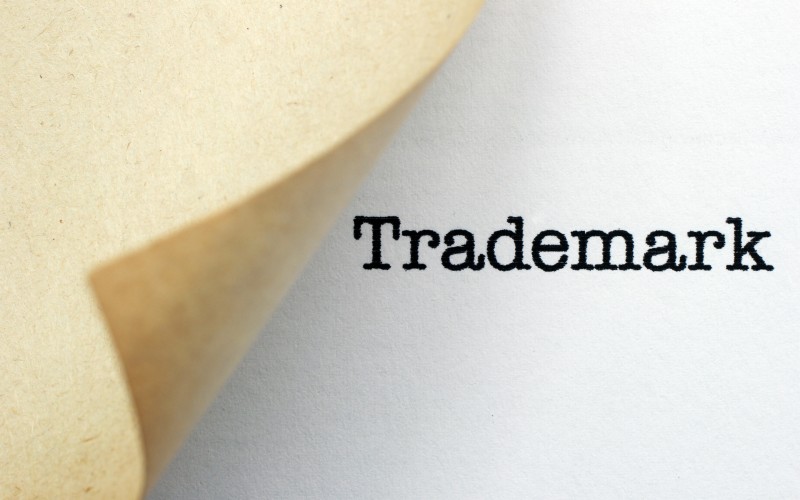
Are you at risk of losing your trade mark registration? Trade mark registers exist to allow businesses to defend their brands and to confidently trade with their trade mark knowing that another third party cannot use a similar or identical brand in the same field of business. If a trade mark is not being used properly (or at all!) then there is a risk that another party may apply to have the trade mark revoked.
Non-use
There are four different reasons that a trade mark may be revoked. The first two are similar – that there has been no genuine use of the mark for the first five years immediately after registration or that there has been no genuine use of the mark for a continuous five-year period at any time since registration. Maybe your business idea did not take off as you had hoped or you only went ahead with certain products or services, or maybe you are waiting for the right time in the market to launch your new brand. Either way, if you do not use your trade mark for a period of five years, a third party may decide to apply to the Intellectual Property Office for the revocation of your mark in respect of any goods and services for which it has not been used. This could result in revocation of your mark as a whole, or for certain goods and services only.
On the other hand, maybe you have had a new business idea, but have spotted an identical or very similar trade mark on the register, and you believe that it is not being used. Should you not have the chance to use a mark if you are ready to start trading and the current owner has not conducted any business with it in five years? If you apply for revocation of a trade mark on this basis, the current owner of the trade mark must then prove that they have used it. If they cannot prove it, they will lose it either in its entirety or for some goods and services.
Generic use
The third reason is: due to the owner’s acts, the mark has become the common name in the trade for a product or service for which it is registered. A trade mark is intended to function as a badge that informs consumers of the commercial origin of goods or services. If a trade mark has become so commonplace and widely used that a consumer cannot distinguish the origin of the goods and services of one business from another, the mark has fallen victim to ‘trade mark genericide’ and can no longer function as a trade mark. The owner of a trade mark is the party that takes the blame, as it may not have protected its registered trade mark by either raising trade mark infringement proceedings against businesses that use its trade mark, or by making clear to the public that their brand name is not the descriptive name of the good or service they offer.
In the past, the Velcro brand have published a satirical video with a serious message, in which they have asked consumers to stop referring to all ‘hook-and-loop’ fasteners as Velcro as it could result in the loss of their trade mark ‘VELCRO’. Other examples of trade marks that have become so commonplace you may not even know that they are, or once were, registered trade marks are ‘HOOVER’, ‘SELLOTAPE’, and ‘POST-IT’. There are not many other circumstances where a company would take issue with being so successful that their brand becomes a household name, but trade marks can be one of the most valuable assets that a business owns and it is that business’s responsibility to protect its trade marks from genericide.
Improper use
The last ground that a party may rely on to apply for cancellation of a trade mark is if, due to the way the owner has used to trade mark in relation to the goods and services listed in the registration, the mark is liable to mislead the public, particularly as to the nature, quality or geographical origin of the goods/services. It is important to consider when you are creating your branding that you are not representing your goods or services in such a way that would make a consumer believe something untrue about it. For example, if your registered trade mark includes the words ‘From Scotland’, but you have actually sourced the goods sold in connection with the trade mark from Norway, you have made yourself vulnerable to trade mark revocation.
The key takeaway is that once a trade mark is registered, your rights are not protected from challenge for the entire 10-year period that a trade mark registration lasts. You need to use your trade mark and use it property, otherwise you risk losing it.
If you require any trade mark assistance, including applying for trade mark revocation of another trade mark or in responding to such an application, please contact our Trade Mark team on 03330 430350.